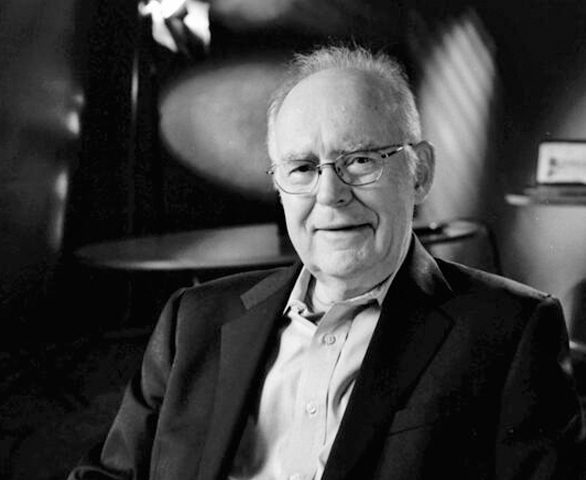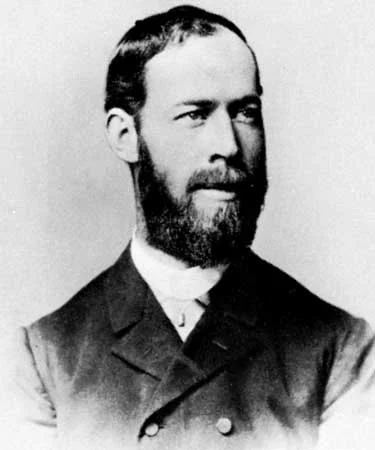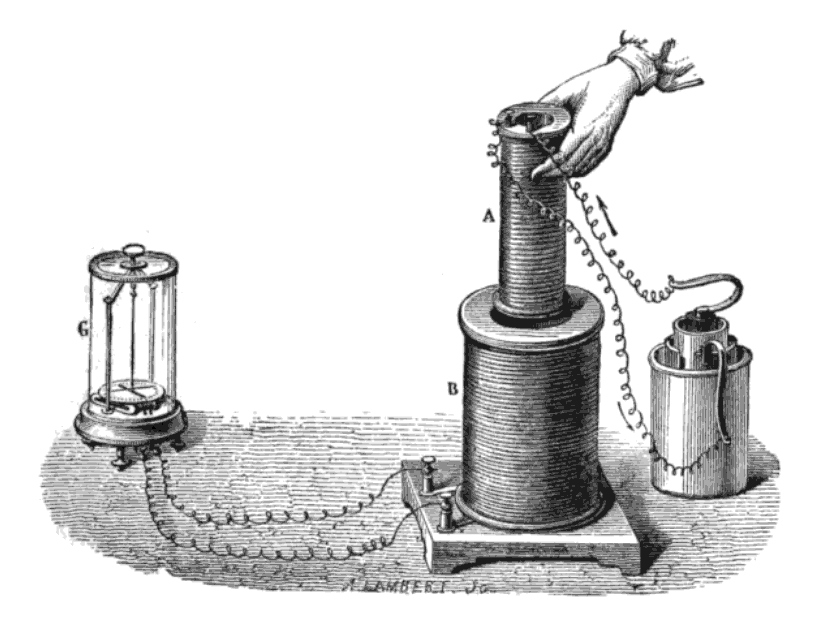200 Years of Scientific Laws That Govern Electronics
For centuries, curious minds have formulated laws of physics, mathematics, and electricity. These scientific laws formed the foundations of the modern electronics industry.

Humans have been aware of electricity for thousands of years. Lightning was thought to be a tool of the gods and although gods often laid down laws, they seemed unbound by them. Much later, inquiring minds began to identify the basic laws of physics which introduced order into the burgeoning science of electricity. Once a phenomenon of nature is understood, the ability to manipulate it for useful applications becomes possible.
Beginning in the mid-1700s, scientists and engineers have been busy formulating laws that define how electricity behaves. This opened the door to predicting the performance of an electric circuit and the rest is history. The profusion of the laws, theorems, and principals of electronics that have since been conceived are a testament to the human quest for knowledge.
One of the most basic laws of electric circuits was proposed by Georg Simon Ohm (1759-1854) and published in 1827. According to Ohm’s Law, the current flowing in a circuit can be calculated by the simple equation I = E/R, where I is current, E is voltage, and R is resistance. Ohm’s Law touched off the race to understand the characteristics and limits of this mysterious force of nature and enabled the current world of electronic devices we rely on today.

Gordon Moore predicted that the number of transistors that would fit on a computer chip would double every year.
Moore’s Law, proposed 138 years later by Gordon Moore, who predicted the number of transistors on a chip would double every two years, and is only now beginning to reach the limits of semiconductor fabrication technology and economics. Moore died in March of 2023. Less well known is Rock’s Law that states that the cost of a semiconductor chip fabrication plant doubles every four years. Efforts to fabricate sub-2 nanometer devices are demonstrating the law of diminishing returns and raising questions about the economic return on investment in these state-of-the-art chips.
Over the years, laws, theorems, principles, and equations were introduced that define, measure, and predict the behavior of direct current to multi-terabit per second circuits. Many of these were created by pioneers in the field of physics and provided the building blocks that enable our world of electronic devices.
Measurement units such as Joules of energy, Ohms of resistance, Coulombs of electric charge, and Farads of capacitance were named after the founding scientists. Italian physicist Count Alessandro Volta (1745–1827) invented the voltaic pile, the first electric battery. Electrical voltage was named in his honor. The unit of frequency, hertz (Hz), was named after German physicist Heinrich Rudolf Hertz (1857-1894), who first conclusively proved the existence of electromagnetic waves.

Physicist Heinrich Rudolf Hertz first conclusively proved the existence of the electromagnetic waves. The electromagnetic waves were called Hertzian and, later, radio waves.
Gustav Robert Kirchhoff (1824-1887) developed theories related to the conservation of energy. Kirchhoff’s First Law (Current Law) states the sum of current entering a junction is equal to the sum of current leaving the junction. His Second Law (Voltage law) states the algebraic sum of potential drops in a closed circuit is zero.
English mathematician James Prescott Joule (1818-1879) created Joule’s Law, which predicts the amount of heat generated in a conductor is proportional to current, resistance, and time.
French officer, engineer, and physicist Charles-Augustin de Coulomb (1736-1806) determined Coulomb’s Law of electrostatics, which states that like charges repel, unlike charges attract.

Michael Faraday’s induction experiment.
English scientist Michael Faraday (1791-1867) created Faraday’s Second Law of electromagnetic induction, which postulates the magnitude of induced electro motive force in a conductor is equal to the rate of change of magnetic flux.
French telegraph engineer Léon Charles Thévenin (1857-1926) is known for Thevenin’s Theorem, which states that a linear circuit can be simplified to an equivalent with a single voltage source in series with a single resistor connected to a load.
French scientist and husband of Marie Curie, Pierre Curie (1859-1906), is known for Curie’s Law, which states that magnetization in a paramagnetic material is directly proportional to the applied magnetic field.
French mathematician Jean-Baptiste Joseph Fourier (1768-1830) created the Fourier Transform, a complex mathematical function that can be used to decompose a waveform into its constituent frequencies.

The Shannon Limit equation
American mathematician, electrical engineer, computer scientist, and cryptographer Claude Elwood Shannon (1916-2001) is known as the “father of information theory.” His 1948 paper identified the Shannon Limit, which defines the maximum error-free rate that data can be transmitted over a channel if the link is subject to random data transmission errors at a particular noise level.
Scottish physicist James Clerk Maxwell (1831-1879) was responsible for the classical theory of electromagnetic radiation; Maxwell’s Equations define how electric charges and currents produce magnetic and electric fields. They are used to create a mathematical model for electric, optical, and radio circuits.
American physicist and electrical and communications engineer Harry Nyquist (1889-1976) developed the Nyquist Theorem, which states that an analog signal waveform can be converted into a digital signal by sampling the analog signal at equal time intervals. The Nyquist Frequency is the minimum rate at which a signal can be sampled without introducing errors.

George Westerman, Senior Lecturer at the MIT Sloan School of Management and founder of the Global Opportunity Initiative
Not all laws relate to technical issues. George Westerman is a senior lecturer at the MIT Sloan School of Management. The George Westerman Law of Digital Innovation states that technology changes quickly, but organizations change much more slowly. Large electronic device manufacturers including Palm Computing, Polaroid, and Iomega discovered the effects of this law the hard way.
And of course, the Peter Principal predicts that members of a hierarchy are promoted until they reach the level at which they are no longer competent, a corollary of which is the Dilbert Principal, which confirms that the most ineffective workers will be systematically moved to the place where they can do the least damage – management.
Learn more about the development of the technologies that make up our world in Bob Hult’s Tech Trends Series.
Like this article? Check out our other Innovation articles, our Datacom Market Page, and our 2023 Article Archive.
Subscribe to our weekly e-newsletters, follow us on LinkedIn, Twitter, and Facebook, and check out our eBook archives for more applicable, expert-informed connectivity content.
- Optics Outpace Copper at OFC 2024 - April 16, 2024
- Digital Lighting Enhances your Theatrical Experience - March 5, 2024
- DesignCon 2024 in Review - February 13, 2024







